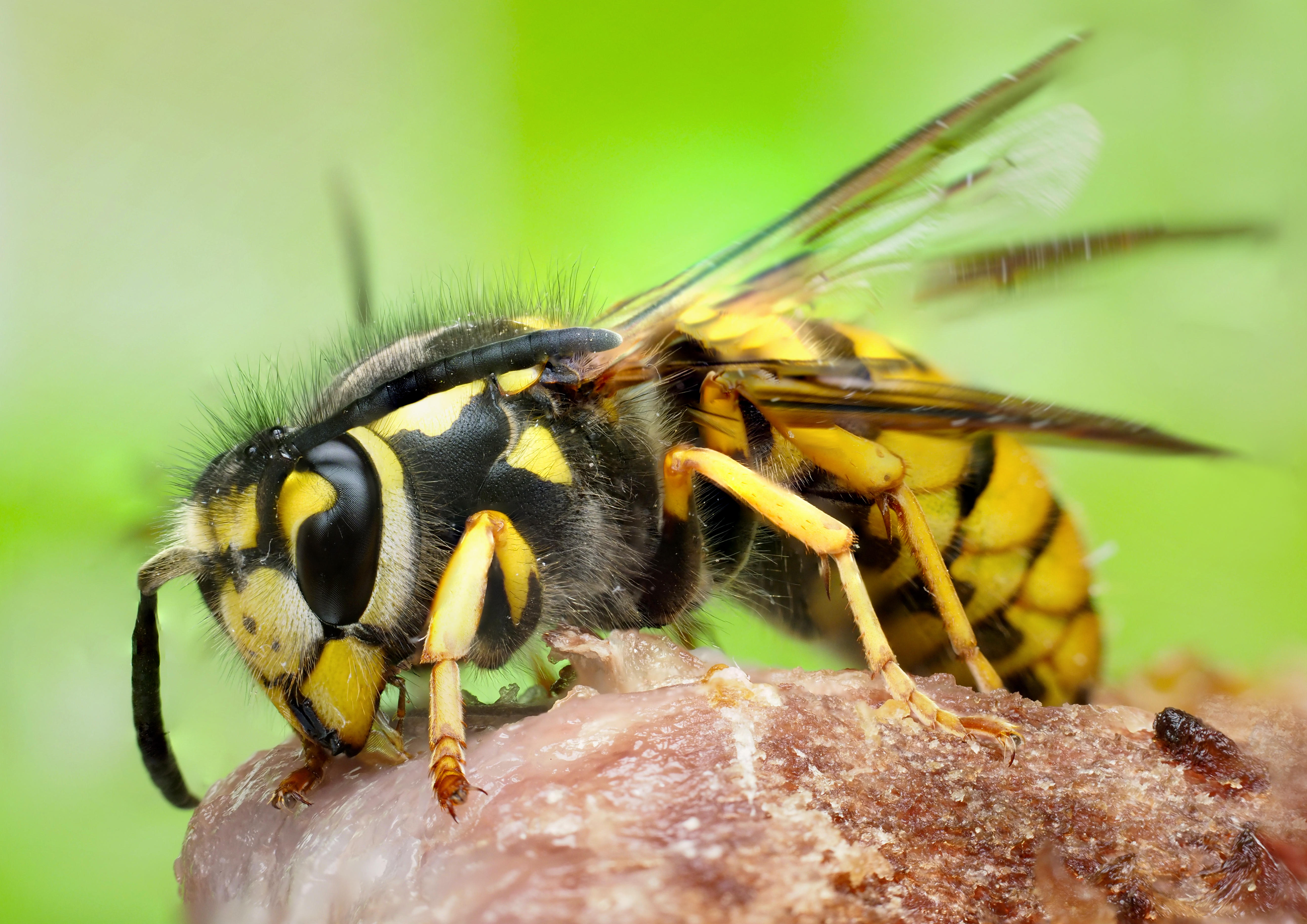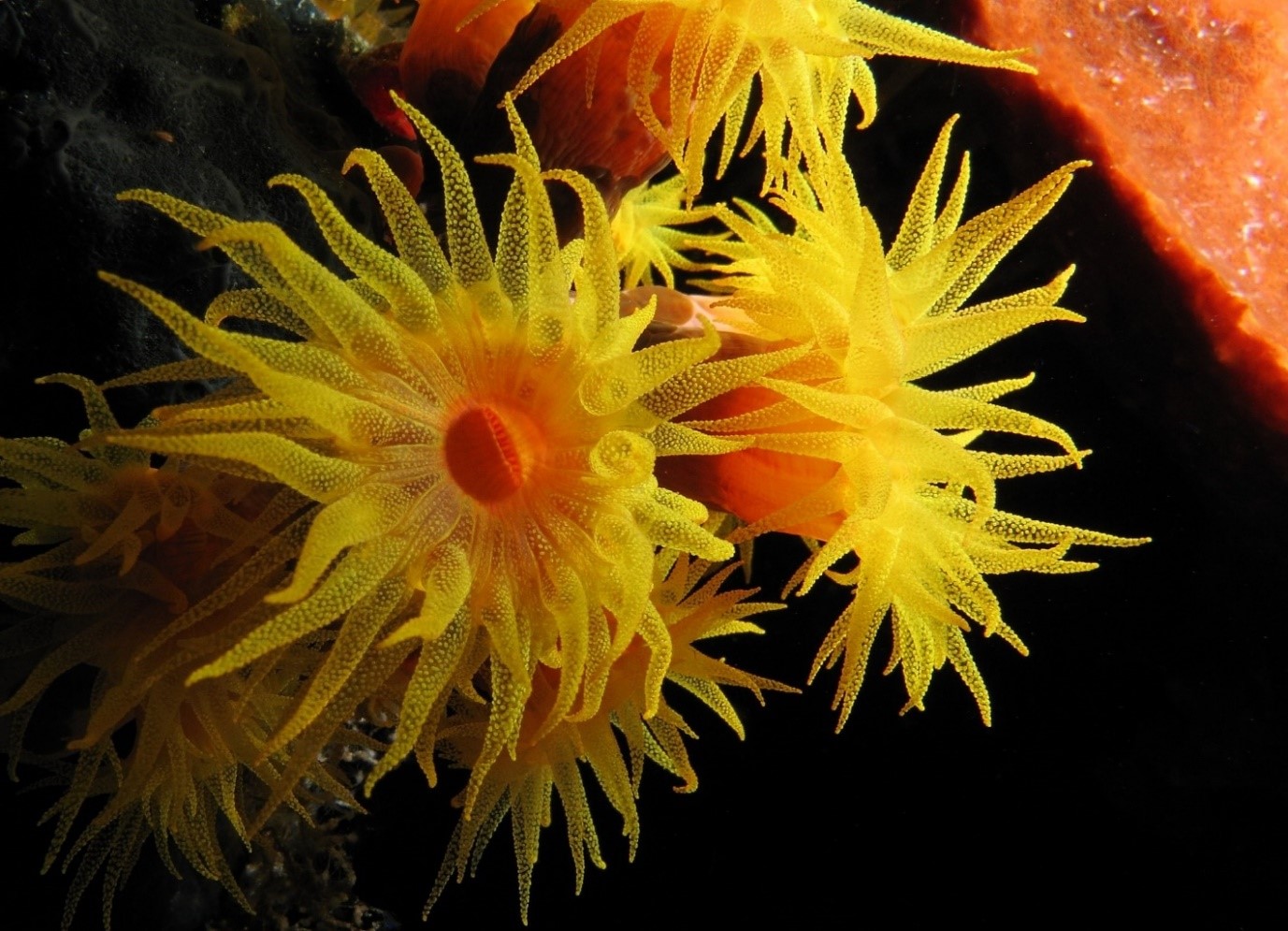What is it, where is it and how do we know?
Published in Ecology & Evolution

The corresponding Scientific Data paper can be found here: http://go.nature.com/2rDIx7E
The original version of this Behind the Paper can be found on the Springer Nature Research Data community.
The following authors of the paper contributed to writing this blog:
M.A. McGeoch and S. Pagad
When I told the story behind this paper to a Masters class in biodiversity, they were amazed. With backgrounds in engineering, social science, ecology and economics they were truly surprised that something apparently so foundational and so important had not already been achieved. That is, open and readily accessible inventories of species that have become naturalised or invasive in countries outside of their historic ranges – with global coverage and across taxa. Their amazement is justified because invasive species do great harm on every continent and in virtually every country. And knowing which species are where is the first step to knowing what to do about it. But, the task of species listing, especially for invasives, is not as straightforward as it first seems.

Photo: The European wasp (Vespula germanica) has invaded multiple countries and is a voracious predator of native insects, as well as being an agricultural pest (Photo credit: David Dohnal.shutterstock.com.653312509)
Take a simple shopping list. Unless you wrote the list yourself, do you know which variety of apple your daughter wanted; perhaps the family have forgotten to list an essential item; perhaps they wrote butter and meant margarine; and perhaps you arrive home and realise that you hadn’t noticed the milk amongst the other items listed. Listing naturalised and invasive species (essentially producing a ‘Register’) suffers from similar sorts of problems.
Most important of these is that lists are not static because species information, and species distributions in particular, are dynamic. This means that lists are never 100% complete or accurate, because taxonomies are changing for example and new location information is coming in and being updated all the time. The solution delivered for making this information readily available to countries must therefore also be dynamic, and sustained over the long term.
Another important methodological challenge is that because there are many uncertainties in the process of listing, it is critical that listing is supported by a rigorous, transparent and evidence-based decision framework. In this way the information provided by the list can be appropriately interpreted and used.
Some countries already have lists like those that the Global Register for Introduced and Invasive Species (GRIIS) now provides. But until now many countries did not, and those that do exist are often not comparable or accessible. There are already literally dozens of high quality information sources for invasive species, such as the CABI Invasive Species Compendium, the Global Invasive Species Database (IUCN SSC Invasive Species Specialist Group) and locality records in the Global Biodiversity Information Facility. But the Register provides a missing piece of the puzzle that we hope will make monitoring and managing the threat to the environment from invasive species more effective.

Photo: The Brown rat (Rattus norvegicus) has invaded much of the world and caused the extinction of birds and mammals, particularly on islands (Photo credit: CR Varndell.shutterstock.com.349902764)
Other challenges to delivering a global Register have been social and economic. The Register needed a stable home, supported by state-of-the-art infrastructure and biodiversity informatics. Also, countries are sometimes reluctant to list species as being present if they have trade implications, such as quarantine pests. But these species are by far the minority, particularly for species that harm biodiversity and the natural environment.
Validation and verification of species records is vital to maintaining the quality of the Register. Key to this, and also unique to the Register, are the networks of country editors who volunteer their time and expertise to develop, maintain and update these inventories. (Working with teams of editors from across the globe whilst not being the easiest is very rewarding!)
As authors, we are just five of many people and organisations that have shared the vision, for over two decades, of delivering a Register of introduced (naturalised) and invasive species that harm the natural environment. The idea of a Register, provided in the form of country-level checklists, was conceived in the early 2000s. It happened in response to a need expressed by many practitioners, including for example those in Pacific countries such as Vanuatu, Solomon Islands and Niue. Their message was that not having a verified list of alien and invasive species for a location was a significant obstacle to designing and developing management strategies.
Now that there is one, the Register will need ongoing support to ensure it is maintained over the long term. But we are optimistic that the process that has been put in place, and the home that the Register now provides, will make the jobs of practitioners a little easier. And, that ultimately this will contribute to reducing the rate, size and impacts of biological invasions.

Photo: The Orange-cup coral (Tubastraea coccinea) has been introduced to all continents except Antarctica and is thought to compete with native benthic invertebrates for space and to disrupt benthic communities. (Photo credit: Alexander Vasenin (Own work) [CC BY-SA 3.0 (https://creativecommons.org/licenses/by-sa/3.0)], via Wikimedia Commons)
Melodie McGeoch Professor, Biological Sciences, Monash University
(Melodie is a member of GEO BON, an international partnership working towards improving the acquisition, coordination and delivery of biodiversity observations and related services to users including decision makers and the scientific community)
Shyama Pagad Program Officer for the IUCN SSC Invasive Species Specialist Group, University of Auckland
Please sign in or register for FREE
If you are a registered user on Research Communities by Springer Nature, please sign in